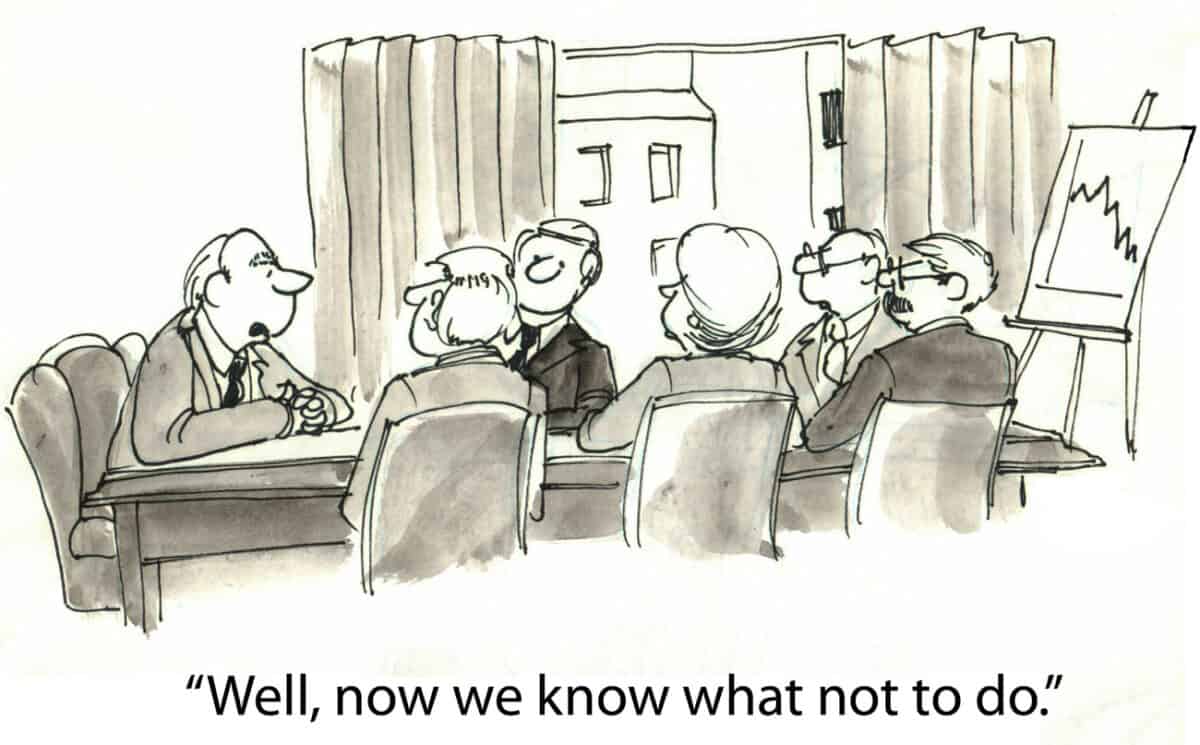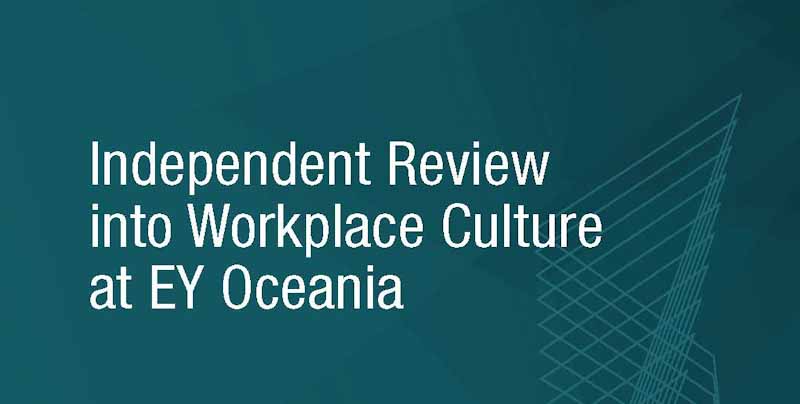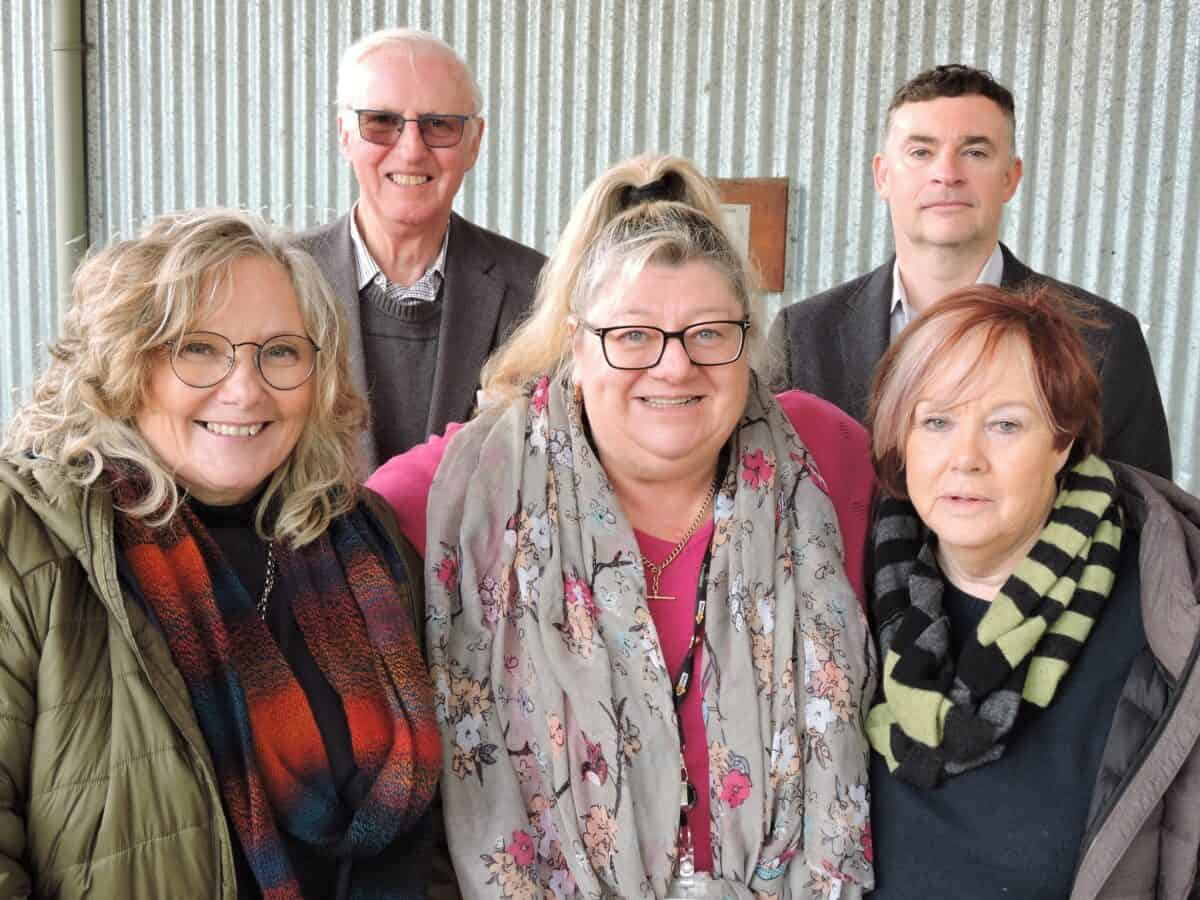Recently the Australian Industry Group Chief Executive, Innes Willox, addressed the National Press Club in Canberra. The AIGroup is one of the “go to” business groups, along with the Business Council of Australia and mining industry groups, that the business media knows will comment on anything when asked, and frequently when not asked. Willox’s August presentation was on Industrial Relations, but it also illustrates the workplace and political culture in which occupational health and safety (OHS) must operate.
Category: executives
OHS lawyer says to trust your gut
Occupational health and safety (OHS) seminars can be a bit hit-and-miss. Sometimes they seem to be a front for promoting a new management program, but every so often, the information offered is perceptive and rewarding. Herbert Smith Freehills partner Steve Bell has been consistently rewarding over many years. No quoting Section 321 of an OHS Act or PowerPoint slide of obscure and semi-important court cases here. His latest seminar appearance covered
- Due Diligence,
- Industrial Manslaughter,
- Psychosocial Risk Assessments
- OHS Harmonisation.
EY report shows a business model that generates serious job stress
In 2022 a young employee of EY died by suicide after a work function. EY announced an independent review of EY Oceania’s workplace culture and that the report would be publicly available. That report was released on 27 July 2023. EY’s response was good crisis management, but the public release is beyond what many companies would do, so EY’s transparency in this case should be acknowledged.
The report written by Elizabeth Broderick‘s company offers good news for EY. There is a high level of satisfaction, but results in the 80 percentages or some 90 percentages still allow for a significant number of personnel who are dissatisfied, harassed, bullied, and/or mentally stressed. It is not unreasonable to accept the EY report as being indicative of the workplace cultures of hundreds or thousands of similar businesses.
This report needs to be read widely and thoroughly by any Human Resources (HR), Executive and occupational health and safety (OHS) professional. The following article scratches the surface of this significant investigation.
Job redesign should be a measure of business leadership
A consistent, manageable workload balanced by official leave and hours allowing social reconnection and mental recharge is ideal. It is the structure on which Industrial Relations (IR) and occupational health and safety (OHS) are based. Many people struggle to achieve this ideal even when it is prescribed by workplace laws. Many jobs simply ignore this prescription. In The Age newspaper on July 15 2023, journalist Jane Cadzow wrote about one of these jobs, the “Political Chief of Staff”. The inherent harm of the job was noted in the headline:
“‘They’re driving me insane’: The 24/7 life of a political chief of staff”
Business Leaders Breakfast seminar
The WorkSafe Victoria Business Leaders Breakfast earlier this week offered a chance for interested parties to hear from WorkSafe and its guest Rod Maule, the General Manager of Safety and Wellbeing at Australia Post. WorkSafe’s Colin Radford offered a “stump speech” that, although familiar, was important. Maule was a colourful speaker who, on reflection, wasn’t as informative as he seemed at the time.
Comfortable comfort at Truck Drivers’ Memorial
Recently the annual Truck Drivers’ Memorial was held at Alexandra in Central Victoria. Worksafe Victoria’s Executive Director of Health and Safety, Dr Narelle Beer (pictured above at the memorial), spoke at the event. Her presence was welcome and important, for it reinforces the occupational health and safety (OHS) regulators’ commitment to the safety of truck drivers and not just to the risks associated with the loads there are carting.
Dr Beer said little that was new, but that is okay, as WorkSafe’s presence at workers’ memorials is about reassurance and remembrance. There were elements of her speech that should be noted by employers, and that also illustrate the difficult enforcement position of such organisations.
In OHS, there may be no answers, but that’s okay
Subscribers will know that I often make connections with ideas from beyond the traditional occupational health and safety (OHS) areas. The other day I was travelling back from a regional part of Victoria, listening to All Things Considered. There was an article about regaining and maintaining a sense of wonder. I found some wonderful OHS stuff.







